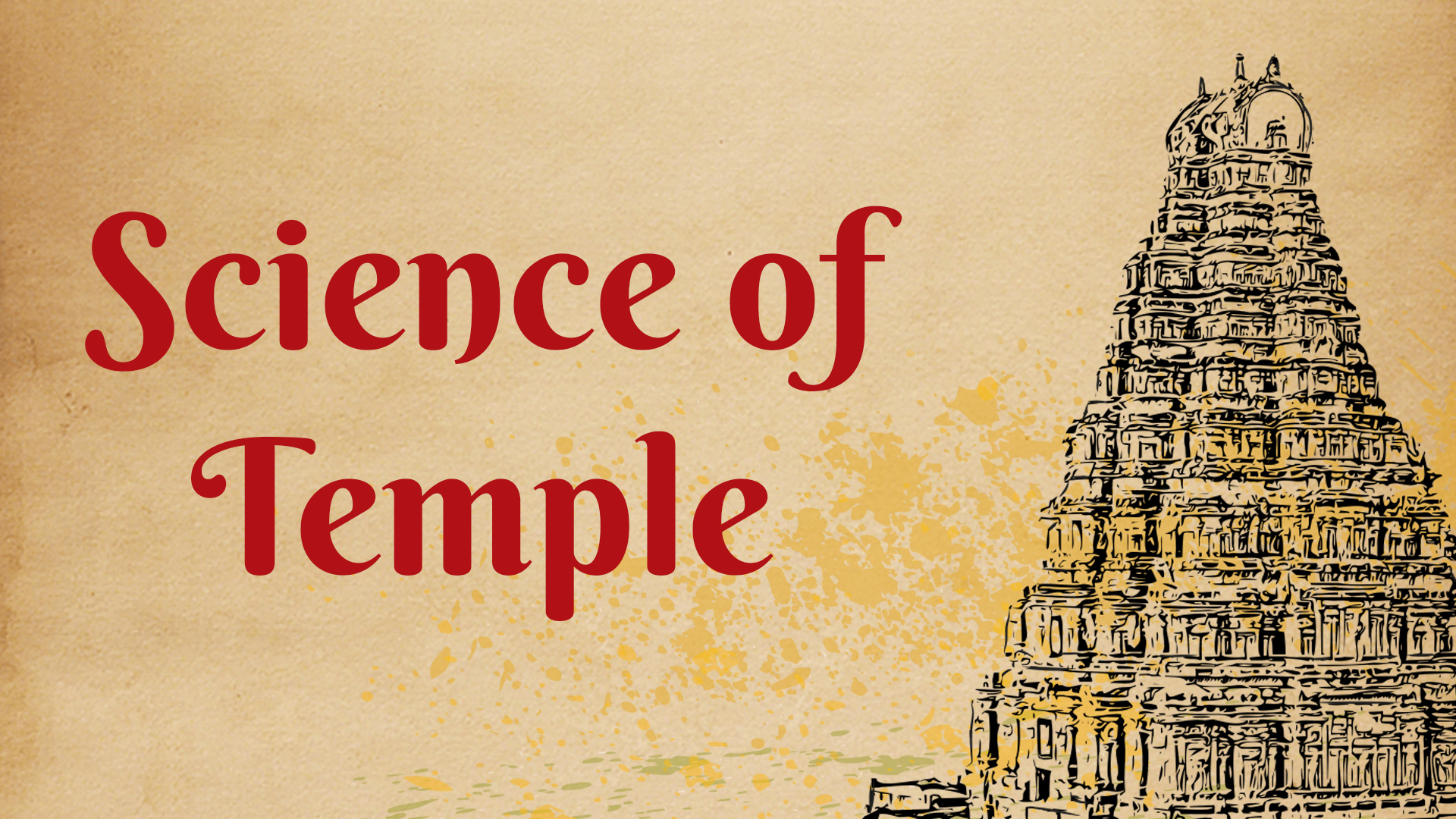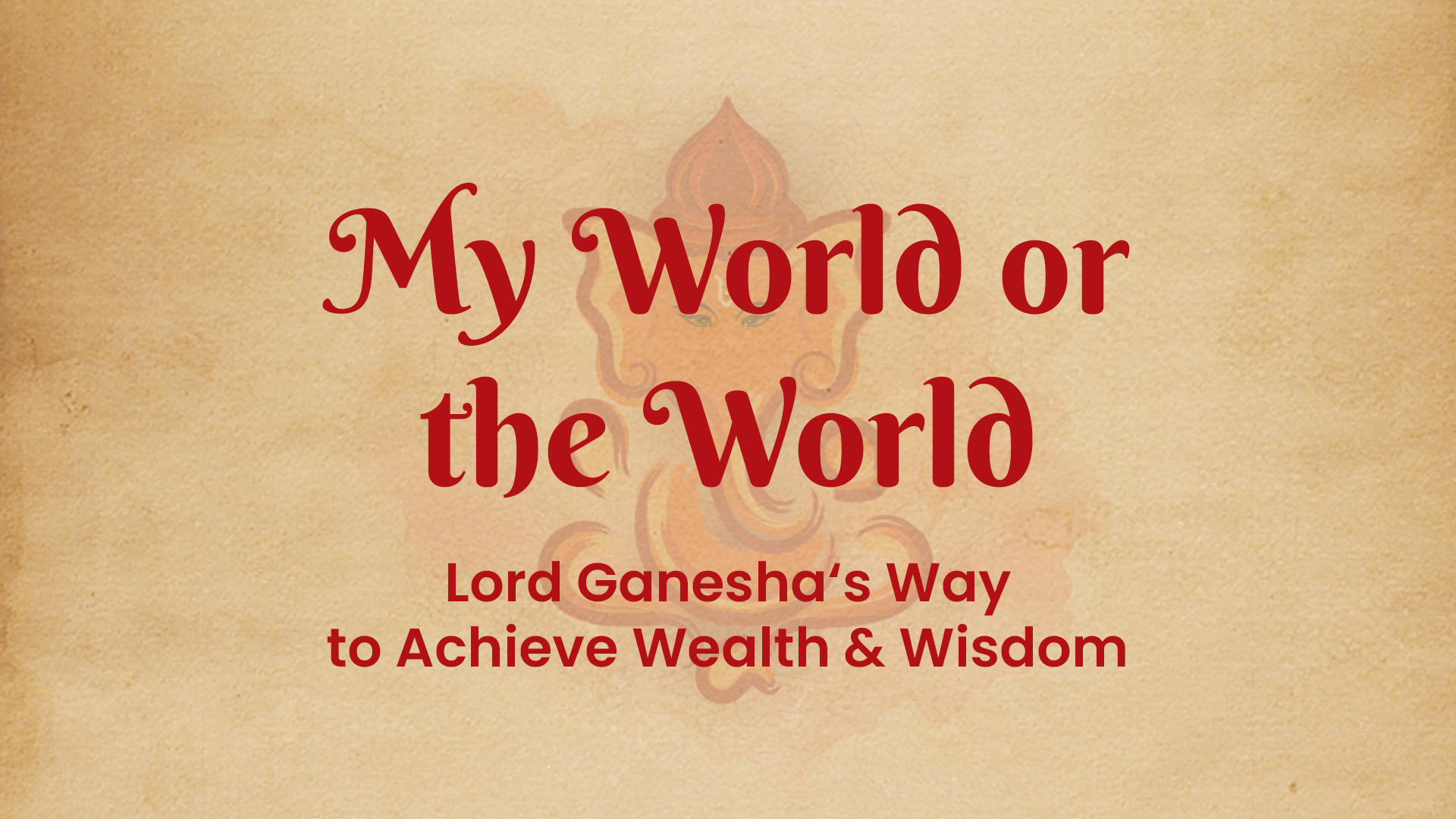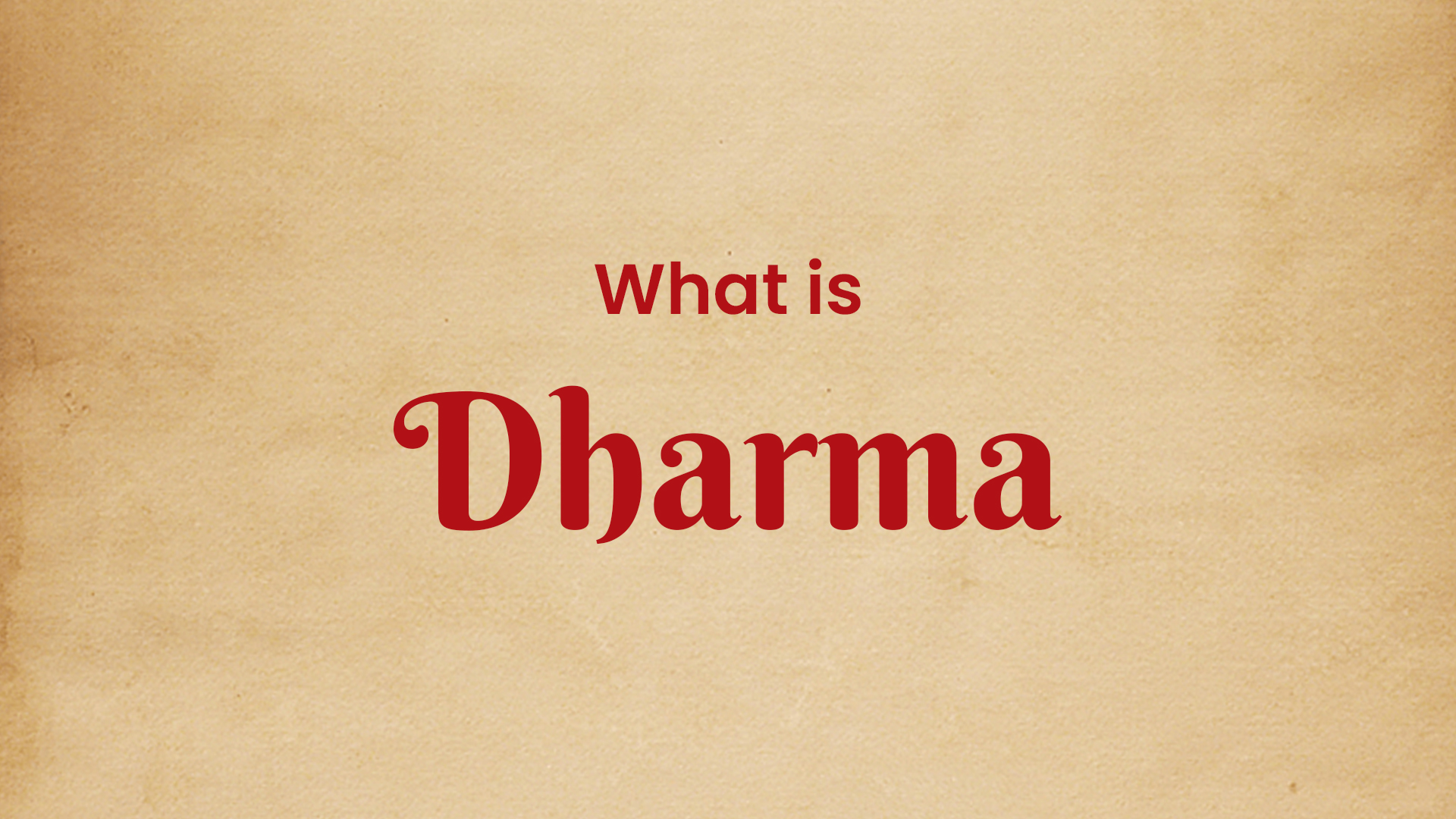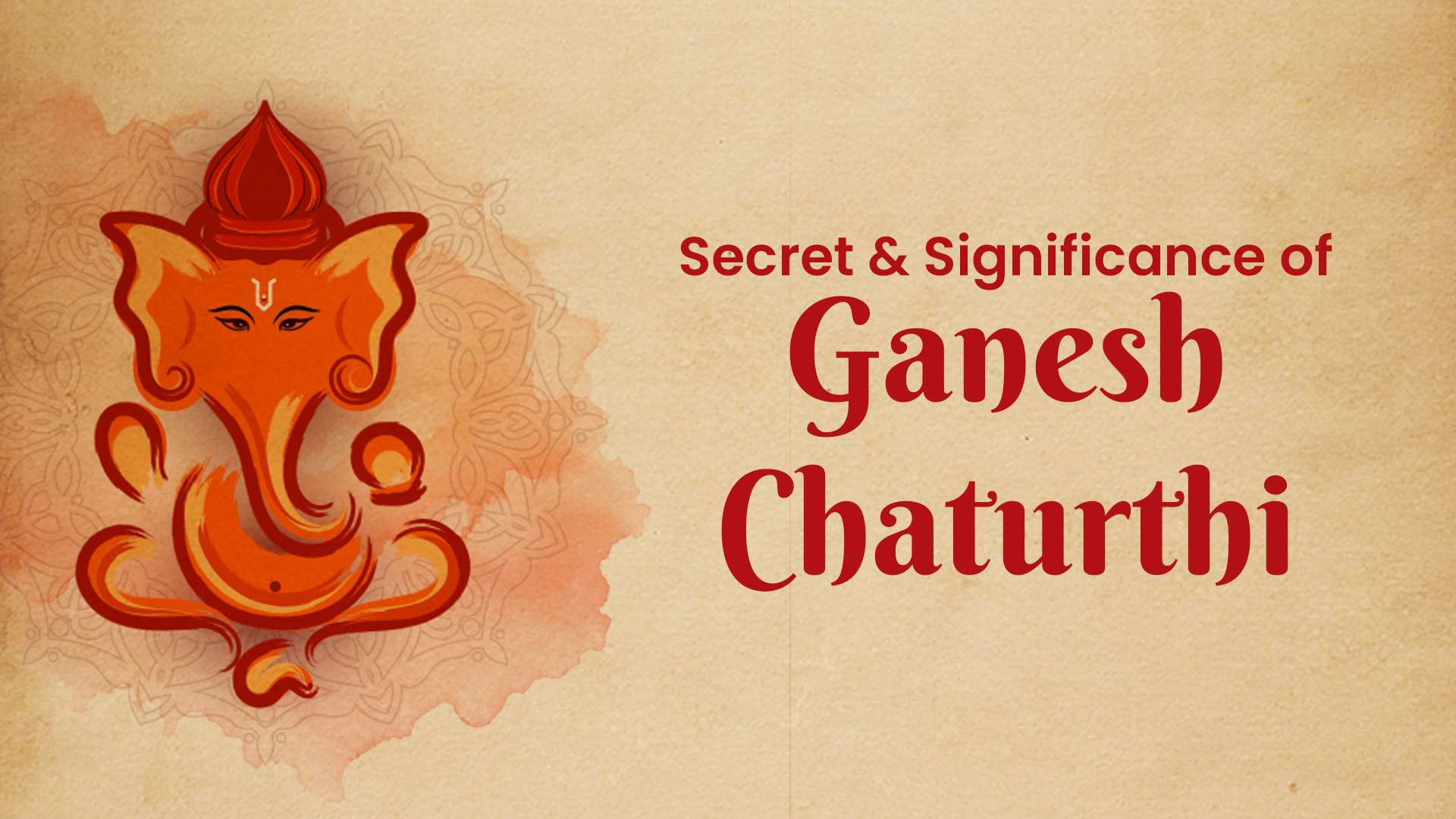In the realm of ongoing discussion lies a perennial debate: who truly embodies richness? Is it the individual adorned with great wealth and influence, or perhaps the one adorned with boundless knowledge? In our collective consciousness, we often default to associating richness with monetary affluence[…]
In India, the concept of matching the kundli, or birth charts, of a prospective bride and groom before arranging a marriage is widely practiced. This ancient ritual holds great significance, particularly within the Hindu, Sikh, and Jain communities. But what is the reasoning behind Kundli’s[…]
In the grand tapestry of Indian culture, there are few celebrations as vibrant and captivating as Navratri. With its rhythmic beats, colorful attire, and exuberant dancing, Navratri has become synonymous with lively festivities and joyous revelry. But amidst the whirlwind of dance and merriment, lies[…]
In the esteemed land of India, a nation renowned for its opulent culture and timeless traditions, one practice stands out above all others – the devout pilgrimage to temples. Each day, or on specific sacred occasions, countless individuals partake in this custom, seeking solace within[…]
Namaskar, The Vedic Sanatan tradition believes that our life is driven by numerous visible and invisible forces. In order to repay this debt, we should all strive to be diligent. The Vishnu Dharmottar Purana states: “देवानाम् च पितृणाम् च ऋषीणाम् च तथा नर: । ऋणवान्[…]
Namaskar, During my consultations, I am often asked two types of questions. The first is about when I will acquire material wealth. And the second is about when I will attain internal knowledge and inner peace. If I were to present these questions in Sanskrit,[…]
The term ‘Dharma’ has been a subject of widespread misconception among the masses. Many individuals mistakenly regard it as a religion, but this is entirely devoid of truth. Each sect has bestowed its own unique interpretation of Dharma, shaped by their respective beliefs. However, it[…]
Namaskar, In the Brahma Vaivarta Purana, there is a story of Lord Ganesha’s birth, where a specific name is given to him – Dvaimatura, meaning the son of two mothers. And there is a verse that appears there: दव्योर्मात्रोरपत्यंपुमान् द्वैमातुर: । – ब्रह्मवैवर्त पुराण Now,[…]
In the Indian Sanatana tradition, the name of the person associated with each festival is added to it. For example, in Shivaratri, Ram Navami, Parshuram Jayanti, Buddha Purnima, etc., we did not use the term “Shri Krishna Janmashtami” or “Shri Krishna Janma Jayanti” for Janmashtami[…]
In the Bhavishyapurana, there is a story that goes like this: It is the story of Satyuga. There was a war between the gods and the demons. In the war, initially, the gods were losing, but suddenly their strength increased and they won. All the[…]











